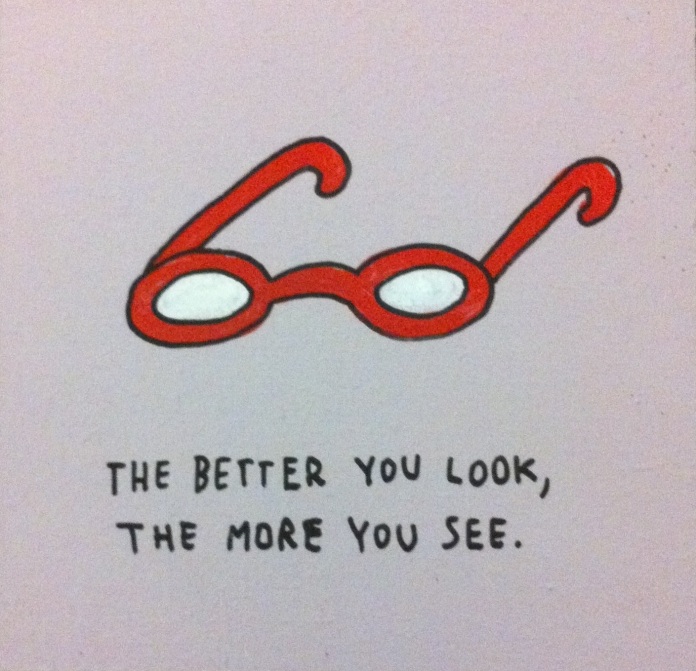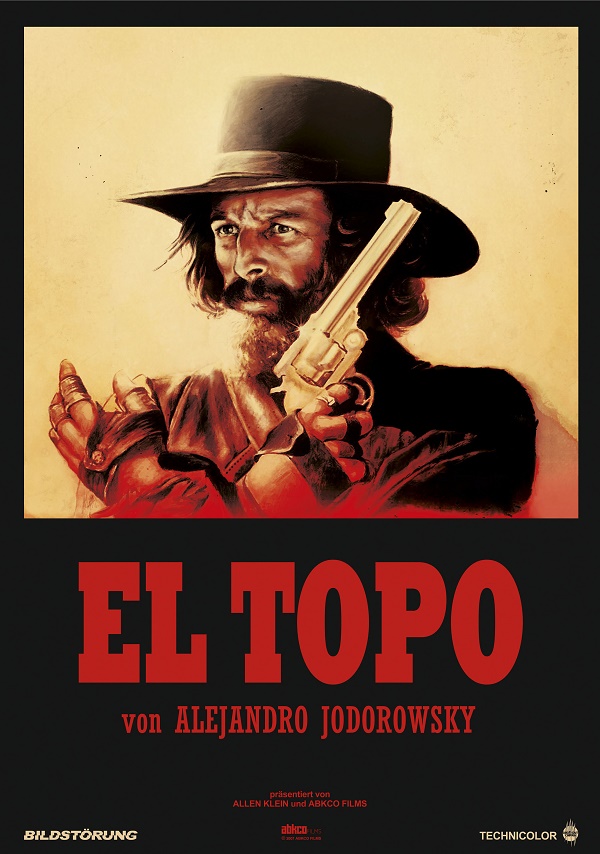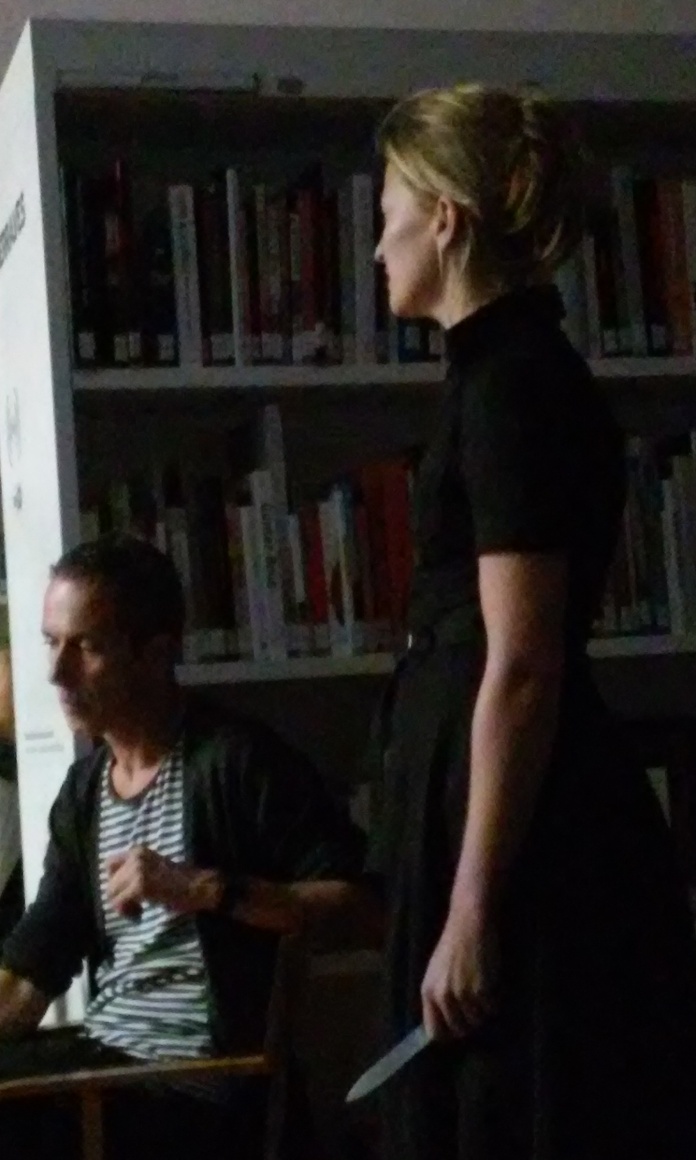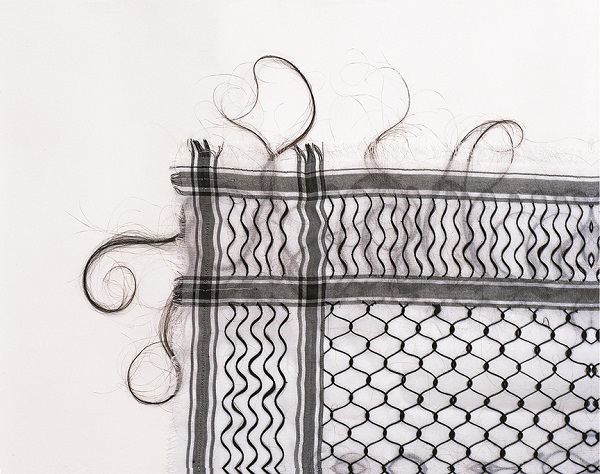The Franco-Chilean artist Alejandro Jodorowsky has so many facets, so many different talents that we can usually only apprehend one fragment or two of his œuvre. For some of us, Jodorowsky is the author of several comic books and graphic novels, including The Incal with his longtime brother-in-arms Mœbius. For others, he is a writer and a poet. For many, he is a figure of contemporary theater, and a mime alongside Marcel Marceau. For most, he is a filmmaker, the author of revolutionary, magical, and unsettling movies (El Topo in particular). For a few esthetes keen on esotericism, he is a Tarot master. Jodorowsky is also one of the few rare artists who are capable of turning Twitter into a poetic medium today. And the list goes on, for instance with his performances-happenings (taking place currently as well) or with his Fabulas Panicas. Continue reading
Monthly Archives: October 2015
Performance Art of All Kinds
The Serralves Foundation in Porto has organised two days of performance art, a rather modest event in comparison to the Nouveau Festival at Centre Pompidou or Performa, but the compact timeframe of these two days displayed a wide variety of approaches, and therefore offered an opportunity to examine the very definition of performance art. In such a vein, does the simple reading of a text (a text which was not fully comprehensible to me), read without the least theatrical intonation and with a heavy monotone voice during roughly an hour, really constitute performance art (Isabel Carvalho, Tartaruga)?
Mona Hatoum Under Lock
I have liked the work of Mona Hatoum, a lot and for a long time (the Centre Pompidou is showing her works until September 28): her first daring performances, her empowerment as an Arab women, her use of the body as a working tool and weapon, her brutality and soberness. And in this exhibit, I have been happy to find anew the inspiration that has filled her for so long in some pieces. I am still just as moved by the Keffieh woven with human hair, with its sexual ambiguity and its tension between resistance and ordinariness, just as moved by all the pieces where hair (hers, and other women’s) are rolled, mixed or braided into jewels, ornaments or cloth. Continue reading
van Gogh and the Independence of Drawing
Robert Capa in Service of the Founding Myths of the State of Israel
For the past year, in the U.S., a fairly renown critic, A. D. Coleman, has been analyzing and deconstructing the famous photographs Robert Capa took on D-Day in Normandy. He started out with a very technical investigation focusing on facts: the time spent on the beach; the number of films used and of frames shot; the unlikeliness of the version explaining the destruction of most of the photographs because of overheating. Such findings appear to be indisputable. His analysis then tackled the subsequent construction of the Capa myth –as did the French scholars who first relayed Coleman’s works. Again, it seems there is nothing to oppose to this, save for, maybe, some excessive hostility in the choice of words, infringing on the (my) rules of courtesy. Coleman’s remarkable deconstruction has allowed for further inquiry into the Capa myth, which had already been challenged by rising doubts over the famous Spanish photograph. All of this does not negate Capa’s talent or his contribution to photojournalism, yet it does reinforce the doubts about his character and the construction of his legend. Continue reading
About Red Glasses
 Red Glasses is the English version of the blog “Lunettes Rouges,” hosted on French daily Le Monde’s platform, as well as here. Find the Spanish version here.
Red Glasses is the English version of the blog “Lunettes Rouges,” hosted on French daily Le Monde’s platform, as well as here. Find the Spanish version here.
About the author:
I wear red glasses and I love to see exhibitions, to discover artists and to share. As much as I can, I visit museums and galleries in Paris, Lisbon, and wherever my travels take me. “Red Glasses” is a pseudonym, albeit a transparent one. I am an amateur, I am not a professional critic and I am not THE art critic for Le Monde. I am not an artist or a gallery owner either, I am simply a collector of eclectic discoveries, interests and art-related crushes. My opinions are subjective, and I welcome any invitation to share other outlooks and insights.
FYI: my photo thumbnail features a painting by Art Keller. The photo was shot by Sophie Lenot, my daughter.
Typically, the photographs and videos published on this website are free of rights. If you own the rights to any image, please let me know and I will comply with your requirements as soon as I receive your message (in the same way I respect the ADAGP’s guidelines).
This is a non-profit website. The very slim earnings from advertisement I get each month for the original host, LeMonde.fr, go entirely towards the purchase of a few exhibition catalogs (although I buy a much larger amount of catalogs each month, quite systematically after an exhibit).
—
About the translator:
Lucas Faugère loves art—and much more.
He writes poems and takes photographs.
He translates and teaches.
He reflects and wonders.
He wanders and pursues.
He is far from over.



![Vincent van Gogh, Vieillard buvant du café [Old man drinking coffee], November 1882, 49x28.3cm](https://artredglasses.files.wordpress.com/2015/10/1-vincent-van-gogh-vieillard.jpg?w=696)

